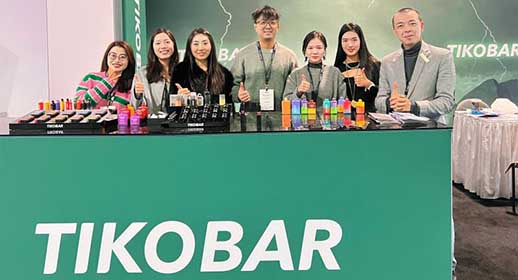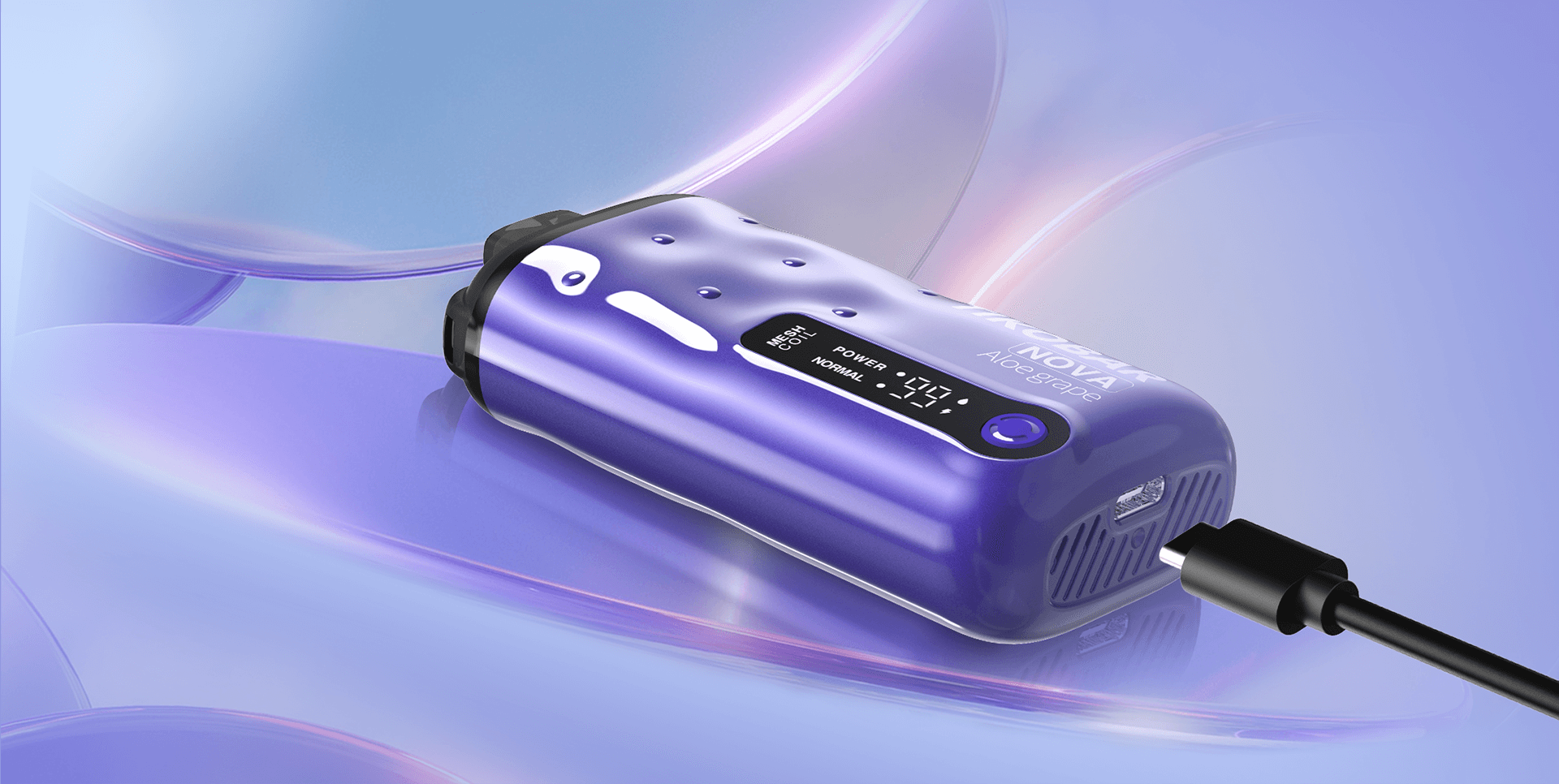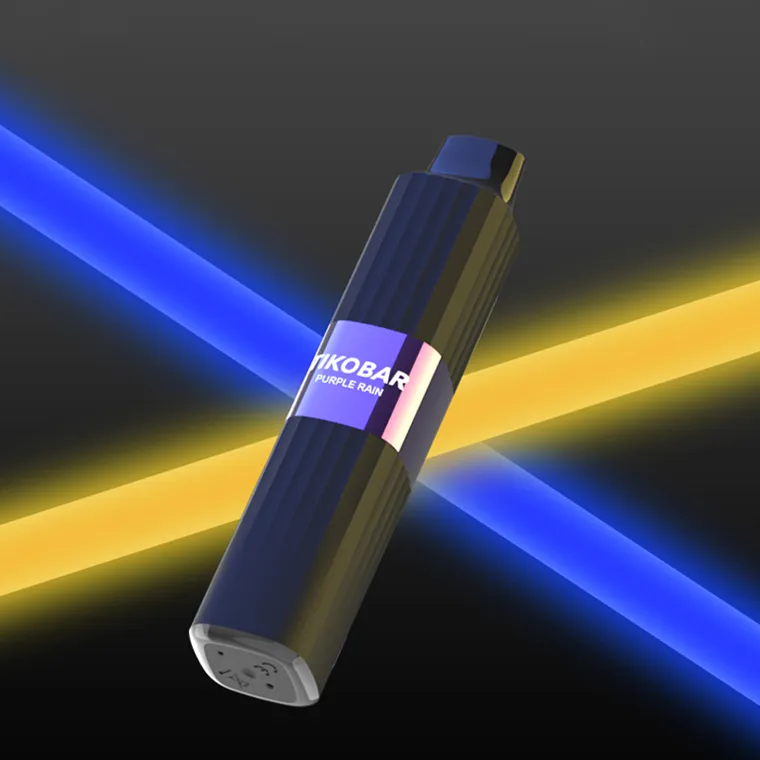Introduction
The increasing popularity of rechargeable vapes, such as the TIKOBAR Vape, has raised questions about how manufacturers strike a balance between battery size and design constraints. This article explores the factors influencing the size of rechargeable vape batteries and how manufacturers address the challenge of providing extended usage without compromising design aesthetics.
Factors Influencing Battery Size in Rechargeable Vapes
Rechargeable vape batteries play a crucial role in determining the duration of usage. The capacity of the battery directly affects how long a user can enjoy their vaping experience before needing to recharge. However, this must be carefully balanced with the design constraints imposed on the overall size of the vape device. Technological advancements further complicate this delicate equilibrium.
The Art of Balancing Act: Manufacturer’s Approach
Manufacturers of rechargeable vapes, such as the TIKOBAR rechargeable vape, employ strategic approaches to ensure that users enjoy extended usage without sacrificing design aesthetics. One key strategy involves optimizing battery capacity. By enhancing the efficiency of battery cells and exploring advanced materials, manufacturers can increase the energy density without significantly enlarging the physical size of the battery.
Moreover, manufacturers consider user preferences and lifestyle when making design choices. For instance, a compact design may be preferred by users who prioritize portability, while others may prioritize a larger battery for prolonged usage between charges. The challenge lies in creating a device that caters to diverse user needs without compromising overall performance.
Examples of Innovative Design Solutions
In the competitive landscape of rechargeable vapes, manufacturers continuously push the boundaries of innovation to offer users the best of both worlds – extended battery life and an appealing design. The TIKOBAR rechargeable vape is a notable example, incorporating cutting-edge design solutions.
One approach involves integrating modular components that allow users to customize their vapes. This not only caters to personal preferences but also facilitates easy battery upgrades. Another innovation is the use of high-density materials that maximize the energy storage capacity within a limited space.
As users become more discerning, manufacturers are investing in research and development to stay ahead of the curve. In the next section, we will explore how users can understand battery specifications to make informed decisions when purchasing a rechargeable vape. Stay informed to make the most out of your vaping experience.
Understanding Battery Specifications for Informed Choices
To make informed decisions when purchasing a rechargeable vape, it’s crucial for users to understand key battery specifications. The TIKOBAR rechargeable vape exemplifies the importance of transparency in providing users with the necessary information.
Breakdown of Common Battery Specifications
- mAh (Milliampere-Hour): This represents the battery capacity, indicating how much energy the battery can store. Higher mAh values generally result in longer usage between charges.
- Voltage: Voltage determines the power output of the battery. Different vaping preferences may lead users to choose batteries with varying voltage levels.
- Chemistry: Understanding the battery chemistry, such as lithium-ion or lithium-polymer, provides insights into performance and safety characteristics.
Impact on Overall Performance
The combination of these specifications significantly impacts the overall performance of the rechargeable vape. For instance, a higher mAh may extend usage, but it might also affect the physical size of the battery.
Addressing User Concerns
As users explore the realm of rechargeable vapes, questions and concerns about battery life are common. The TIKOBAR rechargeable vape aims to address these concerns through clear communication and user-friendly features.
Common Questions and Concerns
- How long will the battery last between charges? Understanding the mAh and your vaping habits helps estimate the duration. The TIKOBAR rechargeable vape provides detailed specifications for users to make informed decisions.
- What if my battery isn’t holding a charge? If you experience issues, consider checking the charging cable, cleaning the connection points, or consulting the manufacturer’s guidelines. The TIKOBAR brand prioritizes customer support to assist users in resolving such issues promptly.
Optimizing Rechargeable Vape Usage
To maximize your TIKOBAR rechargeable vape experience, adopt usage patterns conducive to prolonged battery life. Consider charging before the battery level becomes critically low and avoid exposing the device to extreme temperatures.
Safety Considerations
Ensuring the safety of users is paramount in the design and manufacturing of rechargeable vapes, a commitment that brands like TIKOBAR take seriously. Here, we’ll explore the various safety measures implemented to guarantee a secure vaping experience.
Overview of Safety Features
- Overcharge Protection: The TIKOBAR rechargeable vape incorporates technology to prevent overcharging, a critical safety feature that safeguards the battery from potential damage.
- Temperature Regulation: High-performance batteries generate heat during use. Manufacturers, including TIKOBAR, integrate temperature control mechanisms to prevent overheating, reducing the risk of accidents.
Adhering to Manufacturer-Recommended Practices
Users can contribute to their safety by following manufacturer-recommended charging practices. Using the provided charging cable and adapter designed for the TIKOBAR rechargeable vape ensures compatibility and reduces the risk of issues.
Future Trends in Rechargeable Vape Battery Technology
As technology evolves, so does the landscape of rechargeable vape batteries. Brands like TIKOBAR are at the forefront of embracing emerging technologies to enhance battery efficiency and overall user experience.
Emerging Technologies and Their Impact
- Solid-State Batteries: Researchers are exploring solid-state batteries that offer improved safety, energy density, and longer lifespan. The integration of solid-state technology may revolutionize the next generation of rechargeable vapes, including those from TIKOBAR.
- Wireless Charging: The convenience of wireless charging is making its way into the vaping industry. Imagine simply placing your TIKOBAR rechargeable vape on a charging pad for a hassle-free charging experience.
Anticipated Improvements
Manufacturers, including TIKOBAR, are expected to focus on improving battery capacity without compromising size. This may involve advancements in materials, energy storage technologies, and more efficient charging protocols.
What’s Next on the Horizon?
Vaping enthusiasts can look forward to sleeker designs, longer-lasting batteries, and enhanced safety features in future TIKOBAR releases. As the industry evolves, users can expect an exciting array of options catering to diverse preferences.
Conclusion
In this exploration of balancing battery size and design constraints for extended usage in rechargeable vapes, we’ve navigated through the strategies employed by manufacturers, examples of innovative designs, user considerations, safety measures, and future trends. Armed with this knowledge, users can confidently choose a TIKOBAR rechargeable vape that aligns with their preferences and lifestyle, ensuring a satisfying and secure vaping journey. Stay informed, stay safe, and enjoy the evolving world of rechargeable vapes with TIKOBAR.









